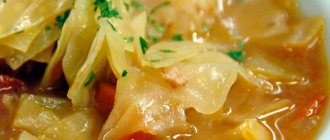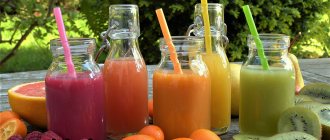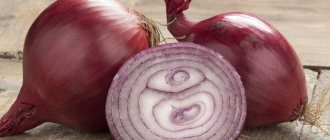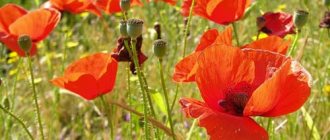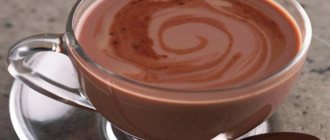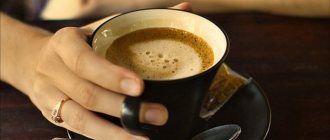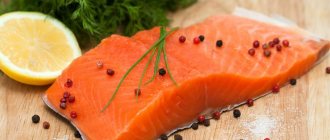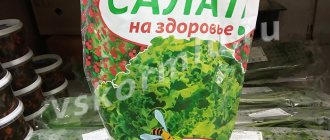Is it possible to eat honey during breastfeeding?
Honey during breastfeeding is one of the controversial products. On the one hand, a beekeeping product with a unique composition has a strengthening, tonic, anti-inflammatory and immunomodulatory effect on the mother’s body.
On the other hand, the dessert contains biologically active substances that can cause a severe allergic reaction in a newborn. Answering the question whether nursing mothers can eat honey, doctors emphasize that if introduced into the menu in a timely manner, taking into account all the rules of consumption, the fragrant sweetness will bring maximum benefits to the body of both the mother and the baby.
In the first month after birth
After the birth of a baby, many women are interested in whether honey can be given to a nursing mother in the first month. At this time, the baby’s immature digestive system is just beginning to get used to breast milk and all the components that come with it. Any food that carries the risk of an allergic reaction in the first month is excluded from the diet of mothers.
When deciding whether you can eat honey while breastfeeding in the first month, you need to take into account that this tasty and healthy dessert is one of the most powerful allergens. Therefore, during the first 4-5 weeks after birth, eating this delicacy is prohibited.
When can honey be introduced into the diet of a nursing mother and how to do it correctly?
Is it possible to use honey while breastfeeding at 2 months? It depends on the state of health and the pace of development of the baby. Most doctors allow mothers to consume aromatic sweets after the second month, but in strictly limited portions.
Rules for using treats during breastfeeding:
- A serving of honey when breastfeeding at 2 months should not exceed 1/3 teaspoon.
- It is recommended to increase the serving size to 1 teaspoon only when the child is 6-7 months old.
- Sweet dessert can be consumed no more than 2-3 times a week.
After consuming a new product, the mother should carefully monitor the child’s behavior and well-being for 2-3 days. Most often, it is at this time that signs of an allergic reaction appear. If skin redness, rashes, stomach cramps or stool disorders appear, you should avoid sweets.
The benefits of honey during breastfeeding
In the absence of allergic intolerance, honey during lactation is very useful for both mother and newborn. This dessert is a unique natural source of many vitamins, micro- and macroelements and other useful substances. It contains vitamins B, C, E, K, PP, calcium, potassium, magnesium, iron, copper, easily digestible fructose and glucose.
Medicinal properties:
- Activates lactation, giving mother’s milk a pleasant sweetish taste;
- effectively fights various inflammatory processes in the body;
- accelerates recovery from colds and other diseases;
- has a mild sedative effect, improving mood and protecting the nervous system from stress;
- fights apathy and depression;
- normalizes sugar and cholesterol levels;
- activates metabolism, improves digestive processes, helping mother quickly regain her figure after childbirth.
One of the important features of the natural delicacy is its pronounced immunomodulatory effect on the body of mother and child. It increases the body's resistance to various viruses, infections and pathogens.

Is honey dangerous when breastfeeding?
Any food during breastfeeding can be dangerous and harmful to the baby. No one knows what reaction a particular product will cause in a newborn. Therefore, changes in the diet of a nursing mother are made gradually, with an interval of 1-2 days between taking new dishes, in order to observe the baby’s reaction. If the skin is clean, the stool is not changed, and the child’s general condition (sleep, appetite) is not disturbed, then feeding is allowed.
Honey can be a very dangerous product while breastfeeding.
It is important to remember that bee products are allergens. Even a healthy person can have a pathological reaction. No one knows how the baby will react to the introduction of a new food to the mother's menu.
When and why should you not use honey while breastfeeding?
Answering the question of many women whether nursing mothers can use honey, the famous pediatrician Evgeniy Olegovich Komarovsky emphasizes that this product requires special caution, as it can cause serious harm to the woman and the newborn:
- natural delicacies may contain pathogenic microorganisms that are dangerous to the body;
- eating sweets is accompanied by a high risk of allergies;
- dessert is high in calories, so it can cause excess weight in people prone to obesity;
- frequent use contributes to the destruction of tooth enamel;
- The treat should not be consumed if you have hypertension, diabetes or obesity.
The sweetness retains its healing properties only in its natural form, without heat treatments. When heated, it not only loses most of the active substances, but also begins to release oxomethylfurfural, a toxic compound that poses a health hazard.
Is honey an allergen?
Bee products are included in the list of the most powerful allergens, intolerance to which can develop both in childhood and in adulthood. The danger lies not in the delicacy itself, but in the pollen it contains.
Therefore, when consuming sweets, nursing mothers must be careful and take into account age restrictions and doctors’ recommendations.
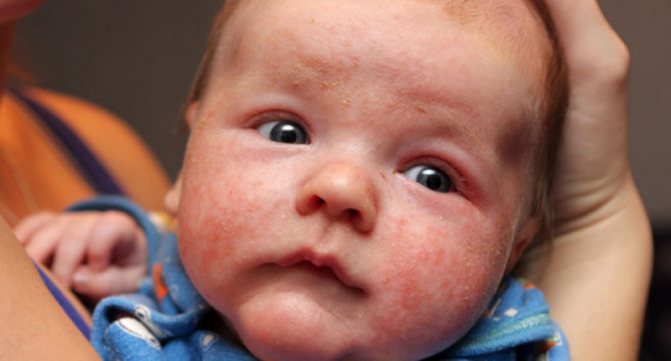
When is honey removed from breast milk?
Food consumed by a woman passes into breast milk within 20-30 minutes after digestion in the gastrointestinal tract. The breakdown and elimination of the natural product from the body can last up to 20-24 hours, after which the milk is completely cleared of honey residues.
Recommendations for choosing and drinking tea with honey during breastfeeding
- The best combination during lactation is honey and ginger tea. Ginger slightly increases the volume of milk, and honey brings a lot of vitamins to the body.
- Honey should be poured into a slightly cooled drink - this way the beneficial substances will not be destroyed and will retain their structure.
- You should put no more than 1 teaspoon of honey per cup.
- After drinking tea with honey, be sure to rinse your mouth with clean water to wash away the sugars.
- If you want to ensure a flow of breast milk, then drink a cup of warm tea 20-30 minutes before breastfeeding.
- If you drink tea on an empty stomach, eat something after half an hour to avoid heartburn.
In fact, tea with honey during breastfeeding is an excellent auxiliary drink. It will strengthen the immune system, avoid many infectious diseases and saturate the body with many vitamins. Of course, you should drink such tea in small quantities, since significant amounts of it can greatly harm both the young mother and the baby.
What kind of honey can a nursing mother eat?
There are several dozen varieties of honey, depending on the honey plants from which it was collected. Each type of sweet delicacy differs not only in taste and aroma characteristics, but also in the characteristics of its effect on the human body.
Buckwheat
Buckwheat is a product with a heterogeneous consistency and a rich chocolate color. It has a tart taste and rich buckwheat aroma. Among all types of natural delicacies, this one is considered the most useful, as it concentrates the maximum amount of vitamins and minerals.
Donnikovy
Sweet clover is a rare variety of sweet product. It contains an increased amount of fructose, which provides its light, not very sweet taste. Sweet clover delicacy improves the functioning of the urinary and digestive systems, accelerates liver recovery, and protects it from harmful effects.
Chestnut
Chestnut dessert has a specific taste with a slight bitterness and a dark, brown-walnut color. It can also be white and yellow - if it is collected from wild chestnut. It is he who is considered the most useful. Thanks to its rich composition, chestnut sweetness effectively improves immunity, fights viruses and pathogenic bacteria, and accelerates the body’s recovery from illness.
Acacia honey
Acacia dessert can have different colors - from snow-white to sunny yellow. It depends on the honey tree. This type of delicacy is highly valued for its rich, sweet taste and expressive aroma. Acacia sweetness very rarely causes allergies, as it contains a high dose of fructose and a minimal amount of sucrose.
Fireweed
Fireweed is one of the rare, extremely healthy varieties of natural delicacies. It has a greenish-yellow hue and many beneficial properties. Due to this, it is more often used not in cooking, but in folk medicine for the treatment and prevention of various diseases.
In the honeycomb
If you want to buy a natural, maximally healthy dessert, pay attention to the product in honeycombs, as it is impossible to fake it. This form of sweet delicacy contains many bee products - bee bee, bee bread, pollen, propolis, wax.
The use of a honeycomb product improves the health of teeth and gums, fights pathogenic microorganisms in the oral cavity, and has an antibacterial and anti-inflammatory effect on the body.
Lime
The fragrant linden blossom delicacy has a delicate, sweet taste and pleasant aroma. Its color can vary - from milky caramel to golden. This sweetness effectively increases the body's resistance to various viruses and infections, and lowers the temperature in case of fever.
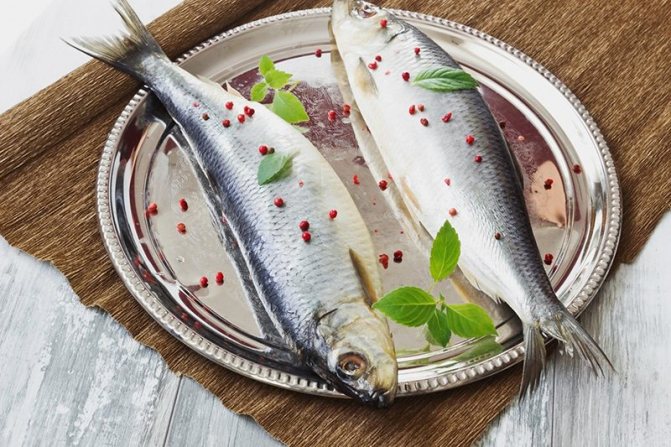
In what form can you eat honey while breastfeeding?
A woman who is breastfeeding is recommended to consume the beekeeping product only in its pure form, without any heat treatments. The sweet delicacy can be added to warm tea or herbal infusion, or poured over desserts or baked goods.
With tea for colds
Honey with tea is one of the safest, most effective folk remedies for treating flu and colds. It helps fight cough, normalizes body temperature, and has a pronounced antimicrobial and anti-inflammatory effect.
To prepare a healthy drink, add a teaspoon of the sweet product to a cup of green or black tea that has cooled to room temperature. To increase the effectiveness of this remedy, you can additionally add a slice of lemon or ginger root.
With hot milk and soda at temperature
Milk with the addition of a sweet product helps cope with elevated body temperature due to influenza or ARVI. To do this, boil the milk, cool it to room temperature, add 1 teaspoon of the treat with baking soda.
The honey-milk drink stimulates the production of mucus, so it should not be used for colds accompanied by a severe cough, as well as for tonsillitis.
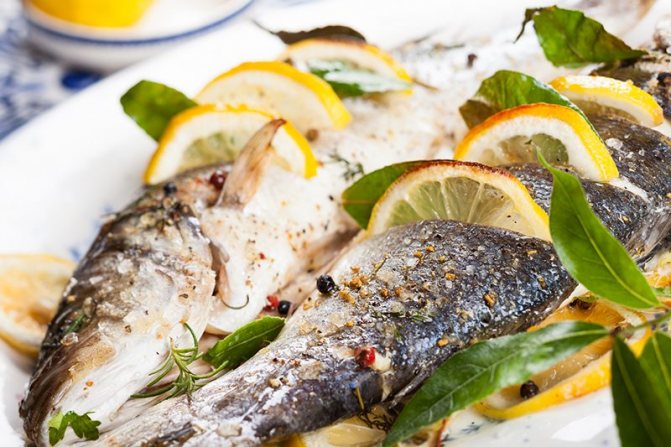
With ginger and lemon
Honey with lemon and a slice of ginger is an excellent way to speed up metabolism, strengthen the body's defenses, and improve overall well-being. Nursing mothers should introduce each product separately into their diet, and only then combine them to prepare a healthy treat.
With walnuts
A mixture of crushed walnut kernels with honey is an effective natural remedy for normalizing the digestive and reproductive systems, as well as hormonal balance. To prepare it you will need at least 2-3 glasses of the sweet product, so you can use this product only 6-7 months after giving birth.
Cinnamon
A fragrant delicacy with the addition of spicy cinnamon is an excellent way to stimulate metabolism, activate digestion, and effectively lose weight. To prepare it, the beekeeping product is mixed with cinnamon powder (2:1 ratio) and poured with a cup of warm water.
With radish for cough
Radish with honey is a popular folk remedy for fighting colds accompanied by cough. To prepare it, cut out the center of the radish, pour the sweet delicacy into it, leave to infuse for 8-10 hours, then take a teaspoon three times a day. The product should not be used until 6-7 months after the birth of the child.
In baking
To preserve its beneficial properties, natural honey should not undergo heat treatment, so baking with this additive is included in the list of prohibited products. The only exception is baked goods topped with sweet honey syrup.
Honey cake (Medovik)
Honey cake is one of the most popular desserts with the addition of aromatic delicacies in large quantities. A high-calorie cake can cause severe allergies, so it can be included in the menu only after 10-12 months.
Is it possible or not?
If a woman asks a pediatrician whether a nursing mother can have honey, he will most likely say no. Doctors play it safe and advise not to introduce bee products while breastfeeding continues. But in reality, everything is not so scary. It is better for nursing mothers to refrain from honey in the first weeks after birth, since it is impossible to predict the baby's reaction in advance. As their babies grow older, women add additional products to their menu.
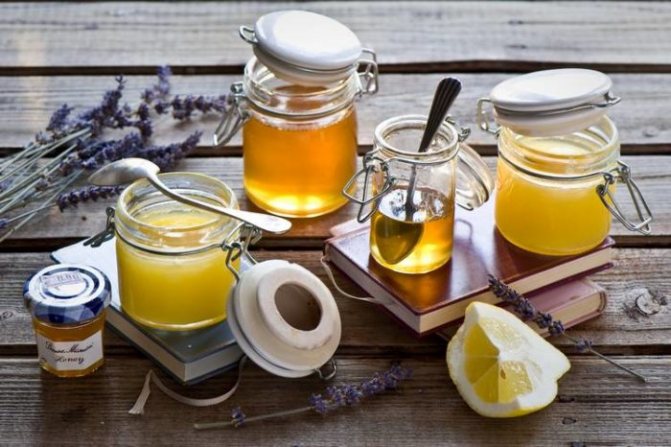
Honey in a mother’s diet while breastfeeding:
- makes milk sweeter and increases the baby’s appetite;
- replenishes vitamin deficiency;
- has an antioxidant effect;
- has a beneficial effect on blood circulation;
- stabilizes the functioning of the nervous system;
- prevents the development of postpartum depression;
- increases the production of the hormone of joy in the body;
- speeds up metabolism;
- helps to recover faster after childbirth;
- strengthens the immune system.
The harm of honey during lactation is explained by the fact that it is a strong allergen. Even if the mother does not have hypersensitivity to bee products, this does not mean that the baby will not have it. The allergen causes reactions ranging from mild skin rashes to severe shock. Another danger of honey is that the natural product may contain clostridia - provocateurs of infant botulism. But in infants, honey causes botulism only if it is given to the newborn in its original form. If a nursing mother eats bee products with tea herself, then they do not reach the baby in their pure form.
Whether or not to add honey during breastfeeding to your menu is up to each mother to choose for herself. But it is important to remember about the dangers of bee products for newborns. In the first weeks, it is better to avoid honey altogether. At 3-4 months, you can try sweetness in a small dose and watch the baby’s reaction. After a year, you can safely introduce honey into your diet, and after two, even introduce your child to the delicacy directly.
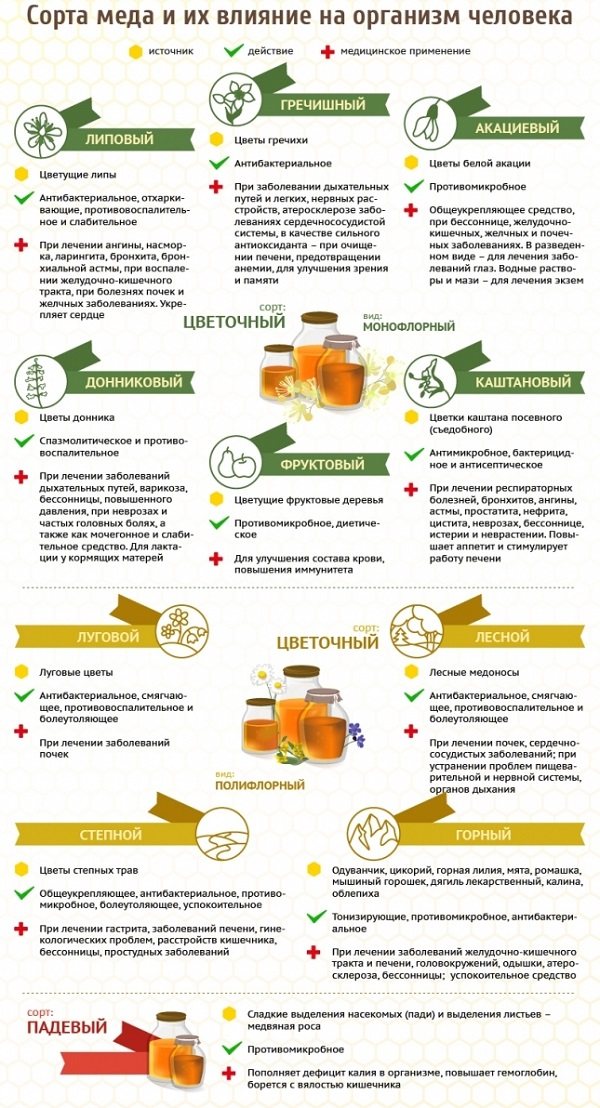
The famous doctor Komarovsky says:
— If your child is over two years old, then it is strongly recommended to have good honey in the house. It will certainly be useful to you. But for children in the first six months of life, honey in its pure form can be deadly.
How to choose good honey?
Only natural, high-quality honey can bring health benefits. When choosing a beekeeping product, you need to consider several important points:
- sugariness is not a sign of low quality, crystallization of a natural product is a natural process;
- delicacies purchased out of season should not be liquid - this indicates that they are heating up;
- the color should be even, uniform, various spots, inclusions are a sign of heating or improper storage;
- the natural product should not have an overly sweet taste, nor should it have a bright color - this indicates the presence of additives.
Honey is a tasty, aromatic, extremely healthy product that can be introduced into the diet of a nursing woman 2-3 months after the birth of the baby. Sweet treats are considered strong allergens, so they should be eaten in small quantities, carefully monitoring the child’s reaction to the new product.
Useful properties of honey
Honey contains many vitamins and minerals that are essential for a nursing woman and a newly born baby. During lactation, a young mother is recommended to consume this sweetness after 2 - 3 months. after the baby is born. The benefits of bee products for the human body are determined not by quantity, but by regularity of use.
Table: Content of vitamins in honey and their properties
| Name of useful substance | Main action |
| H | Active participation in metabolic processes, normalizing the level of sugar compounds in the body, helping in tissue restoration. |
| E | Preventing the occurrence of blood clots, strengthening cellular structures, normalizing the functionality of the reproductive system, hormonal balance. |
| C | Strengthening the immune and cardiovascular systems, improving mood, saturating the body with energy, preventing diseases of viral and infectious origin. |
| PP | Breakdown of fats, elimination of inflammatory processes, lowering cholesterol levels, preventing the development of heart disease, participation in the process of tissue growth. |
| K | Ensuring normal blood clotting, formation and restoration of bones, assistance with bleeding. |
| Fe (iron) | Removing carbon dioxide from the human body, normalizing the gastrointestinal tract, eliminating constipation, restoring and strengthening protective properties, preventing bacterial diseases. |
| Ca (calcium) | Strengthening teeth, bones, nail plates, skin, stabilizing heart rate. |
| K (potassium) | Normalization of acid-base balance, stimulation of brain activity, saturation of brain cells with oxygen, stabilization of blood pressure. |
| Glucose and fructose | Improved mood. |
Consuming honey while breastfeeding helps:
- restoration of the female body after childbirth;
- improvement of lactation;
- strengthening the immune system;
- improving mood, eliminating postpartum depression;
- normalization of the activity of nerve cells, which forms the baby’s resistance to stress.
We recommend reading: Oatmeal cookies during breastfeeding
In addition, after eating a few grams of bee product, breast milk becomes more nutritious and acquires a pleasant sweetish taste.
Beneficial properties of tea with honey:
- improvement of lactation;
- excellent prevention of various colds;
- normalization of sleep;
- getting rid of headaches;
- elimination of anxiety and tension.
Honey can also be diluted with milk or boiled water. The last combination can quickly quench your thirst.

